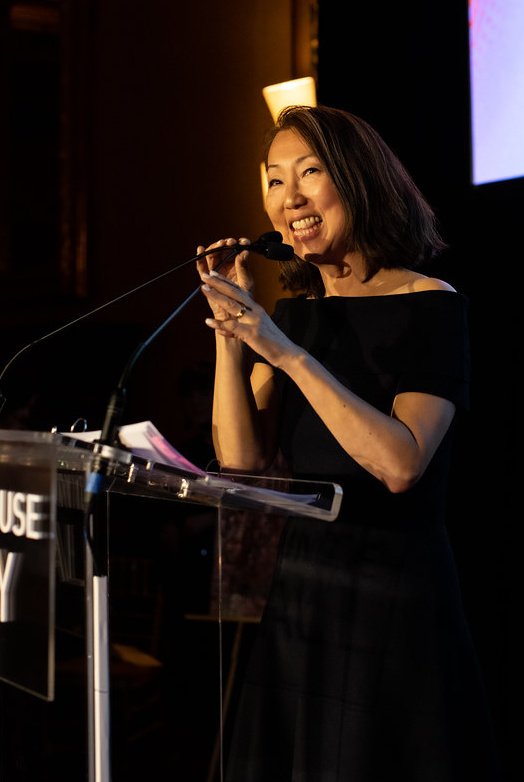Meet Our Partners: Helena Huang
/At Engage R+D we are constantly reflecting on the state of evaluation and learning, including in partnership with our peers and colleagues in philanthropy. In this interview, we gain perspective from Helena Huang, Project Director of the Art for Justice (A4J) Fund, which supports artists and advocates working to end mass incarceration.
Where do you sit in the philanthropy and evaluation ecosystem?
I see myself and A4J in the social justice, advocacy, philanthropic space. We are unapologetic about having a perspective, and we embrace certain values, namely, inclusion, equity, and justice. We believe deeply and represent the idea of an inclusive American democracy. This includes some of the most feared and discarded people enmeshed in our criminal legal system. A4J is asking the question: “What will it take for all of us to feel safe and to live in a society with less poverty and violence, and less reliance on a costly and brutal prison system?”
We are working with our grantee partners to build a healthy, inclusive democracy. We do so as a member of institutional philanthropy, but also as critics of philanthropy. Much in the same spirit of a “patriot,” we see our role as one of pushing philanthropy to live up to its greatest potential and highest goals. We work to use our own privilege and access to promote new ways of addressing old problems, to include more unlikely leaders, and to take risks others may not be able to afford to do.
In what ways has learning and evaluation contributed to your work?
It’s essential that institutional philanthropy becomes more responsive to those we are supporting and advocating for. Lots of us are figuring out what it truly means to be an allied funder. All of this inquiry, stretching, and experimentation has been aided by our partnership with Engage R+D. I joke that they are my organizational therapist, or this honest mirror where I get to see myself in real time. They allow me to reflect back on certain decisions I’ve made and the consequences, the good, bad, and the ugly.
Being in an active partnership has expanded and affirmed what the work is. It’s not just what we produce, but it is also how we get there and who joins us that matters. As grantmakers, the decisions we make have real consequences for people and communities. Working with Engage R+D allows me to slow down and to be more intentional about decision making. Why are you making that choice? How can we track the feedback which can be hard in philanthropy? All of that practice is advanced and supported through evaluation and learning.
I don’t think I’ve ever had a professional relationship like this before. Having a place to explore the research, the messy stuff, and the good stuff–it’s been invaluable to me as the project director and to A4J’s work.
What shifts are you seeing in evaluation and/or philanthropy and what promise do those hold for the work going on in communities?
When we first told Agnes Gund, A4J’s founder, we needed evaluation, she was highly skeptical. In her mind, evaluation happened after the project was done, and it was about counting widgets. I was a little more confident that, through the Ford Foundation, we could find a good evaluation partner, a firm that was pushing the boundaries on what evaluation was and could be. Developing and refining new tools to collectively make the case for the harder to measure aspects of social change is invaluable and we need to do more.
The Community Network Analysis we did with Engage R+D is a good example of the kind of creative collaboration that has served A4J and its grantee partners well. Despite small sample size, potential for selection bias, and all the things more traditional evaluators could discount, it still represents real progress and affirms why intentional community building pays dividends in both narrative change and policy change.
What do you hope to see shift even more and what might it take to get there?
Within institutional philanthropy, a growing number of us are trying to address the huge imbalance of power between funders and philanthropists and grantee partners. It’s essential to the success of our collective work and to the credibility and long term future of philanthropy.
I think the traditional notion of funders requiring grantee partners to jump through hoops to show that their work is worthy of funding is old school and increasingly seen as problematic practice. Instead, how do we all do our best part? Funders move the money; that’s our job. We need to do it quickly and efficiently, and we need to do it in partnership with those doing advocacy, making the art, etc. We all need each other. The collective challenges to our democracy are too great. We can’t afford to be wasting our grantee partners’ time. Our job, as good stewards of resources, is to lower the barriers and to ensure those doing the work have access to resources. This trend is well underway and I’m hopeful.




